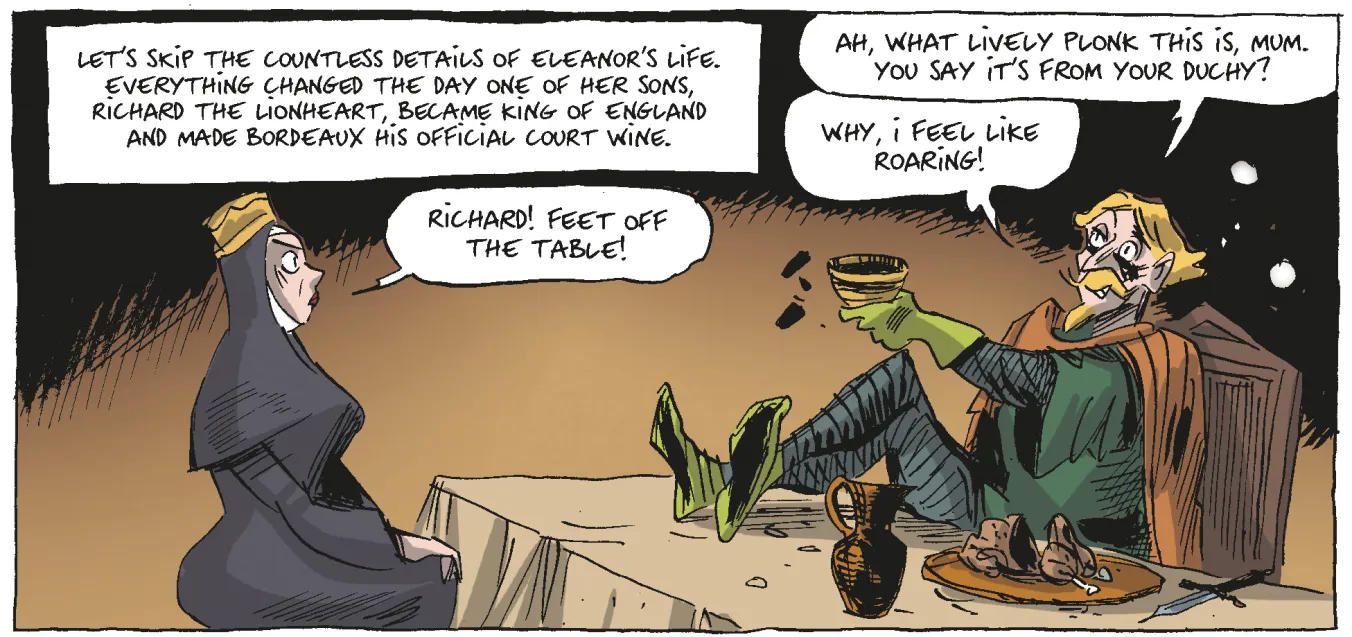
Mantel Pieces: Royal Bodies and Other Writing from the London Review of Books
by Hilary Mantel
(4th Estate, £16.99)
HILARY MANTEL, most famous for her epic Thomas Cromwell trilogy — Wolf Hall, Bring up the Bodies and The Mirror and the Light — first made a name for herself on the 1980s book-reviewing scene.
It was very different in those days, she writes, with more daily papers “and they made space for books.”[[{"fid":"27886","view_mode":"inlineright","fields":{"format":"inlineright","field_file_image_alt_text[und][0][value]":false,"field_file_image_title_text[und][0][value]":false},"link_text":null,"type":"media","field_deltas":{"1":{"format":"inlineright","field_file_image_alt_text[und][0][value]":false,"field_file_image_title_text[und][0][value]":false}},"attributes":{"class":"media-element file-inlineright","data-delta":"1"}}]]
She wrote for the Listener, the Literary Review and, forgive her, the Spectator. But she found a home at the London Review of Books (LRB), for which she has written ever since.

















